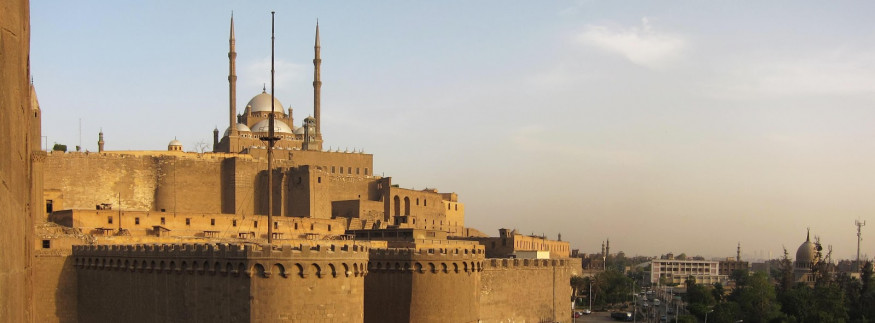The Story Behind the Iconic Cairo Citadel
arts Cairo Citadel Citadel Culture history Mohamed Ali Pasha museums Saladin Citadel sights Tourism travel
Cairo 360
Featured image via Al Masry Al Youm
Let’s go back in time, to over 800 years ago, and look at a story that still lives on today, and will probably continue to live forever. In 1176, Saladin decided to commence the building of his monument, the Saladin Citadel, otherwise known as Cairo Citadel.
After his war in the Crusades, Saladin was victorious and managed to take some of his enemies as captives of war, and he’d later use them to help build the Citadel. Saladin saw Cairo as an epicentre of leadership in the Ayyubid dynasty, and wanted to have a strong testimonial to their power. Saladin wanted to have a huge monument to stand the test of time. Perhaps, he was inspired by the Pyramids, but he surely wanted to cement his name in the history books after his glorious victory.
What people may not know though, is that despite his great will to establish this place, and despite it being named after him, Saladin died before it was completed. Taking the reign after him was Al-Kamel Sultan, who in turn ensured that the Citadel was finalised in accordance Saladin’s original vision. When you arrive at the Cairo Citadel today, the Western Gates still hold the words of Saladin’s order to build the Citadel.
Cairo Citadel is home to an immense amount of antiquities and artefacts. The glorious gates, stairs, and walls of this monument speak volumes and evoke an ambience of strength and pride. It holds a well, drilled 90 metres deep in stubborn rock formations: a feat near impossible to accomplish at such a time. Moving along, you’ll see Dar El-Darb, the place where they manufactured money at the time, and a luxurious palace built by Mohamed Ali Pasha, which has now become a museum.
More is yet to come, as another of Mohamed Ali Pasha’s additions still stands tall, the beautiful Ottoman mosque built between 1830 and 1848. Not to mention the Police Museum, showcasing different police uniforms throughout the time, and the Military Museum holding the history of wars in Egypt from the Pharaonic ages until modern times of the Sixth of October Victory.
The Cairo Citadel started as a testimonial for Saladin’s victory, and the immense strength of the Ayyubid dynasty at the time. But it moved on to be a symbol of Egypt’s power no matter who reigned over it. And until this day, it’s seen as a glorious monument of days long gone.
recommended
 Restaurants
Restaurants
Cairo's Ramen Revival: 5 Must-Try Bowls Around the City
Asian Food Asian Restaurants Cafés
Cafés



